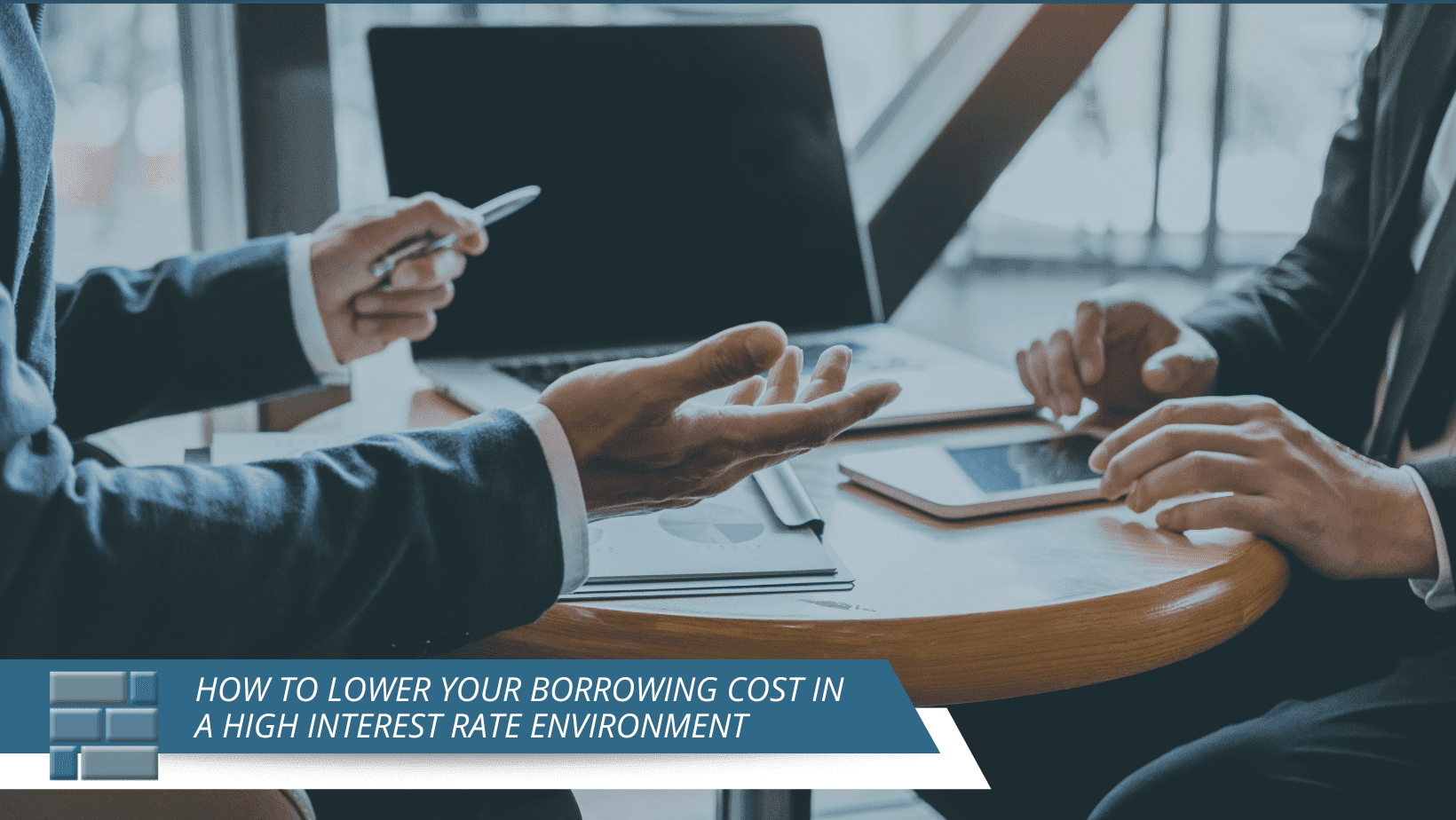Recent Posts
How to Lower Your Borrowing Cost in a High-Interest Rate Environment

Posted: | Author: Jeff Miller- Senior Vice President, Foundation
At Foundation, we help rental property investors minimize the impact of higher rates with flexible loan terms and options to lower their borrowing costs in today’s high-rate environment. One of the most popular is the interest rate buydown. Investors can put more equity into a property acquisition. Investors may choose to pay for interest-rate buydowns for several reasons. Here are some potential motivations for investors to consider paying for interest-rate buydowns:
- Increase Equity Borrowing less obviously reduces your principal and interest payments and increases net cash flow after debt service. Lenders in today’s market view higher leverage as higher risk and demand a higher rate as a risk premium. So 60% to 65% LTV will get you a lower interest rate than 70% to 80% LTV. The lower LTV can reduce your rate as much as 100 bps. But what if you don’t have or can’t raise 5.0% to 15.0% more in equity?
- Interest-Only Period Some lenders, including Foundation, offer interest-only periods of 2 to 10 years of the loan term. Net cash flow and the debt service coverage ration can be boosted by not paying principal monthly. This is prudent when the loan is no more than 65-70% LTV, so there is more of an equity cushion. Think of it as effectively pre-paying principal and increasing equity by borrowing less.
- Interest Rate Buy-Down Reducing debt service through a rate buy-down always makes sense if your strategy is to hold for 3 years or more to generate rental income. You can generally reduce your rate by about 25 bps by paying an added 50 bps upfront in the loan fee. You will recover the extra 50 bps fee within the first 2+ years of the term due to lower debt service costs. Every year after that you are saving on interest cost and increasing net cash flow.
- Shorter PrePayment Penalty Periods Lenders usually require prepayment penalty periods of 5 years or more, depending on the loan term. The 2nd biggest risk to a lender after payment default is prepayment. The investors who buy commercial mortgages are motivated to get at least a 5-year cash yield from their investment. Some lenders like Foundation offer shorter prepayment periods of 2-3 years, so if interest rates decrease within 3 years, the Borrower can refinance at lower market rates without penalty.
Lenders make their profit through the interest rate and the upfront loan fee and are willing to trade off rate vs. fee to structure a loan that works best for the Borrower’s strategy. They view this as lessening their risk exposure, so that Borrowers have an increased net cash flow and can more easily make their monthly payments, even in a recession or a higher vacancy rental market.
It's important to note that the four options highlighted above, especially interest rate buydowns, depends on various factors, including market conditions, investment objectives, risk appetite, and expected returns. Investors should evaluate the potential costs and benefits before deciding to pursue interest-rate buydowns as part of their investment strategy.